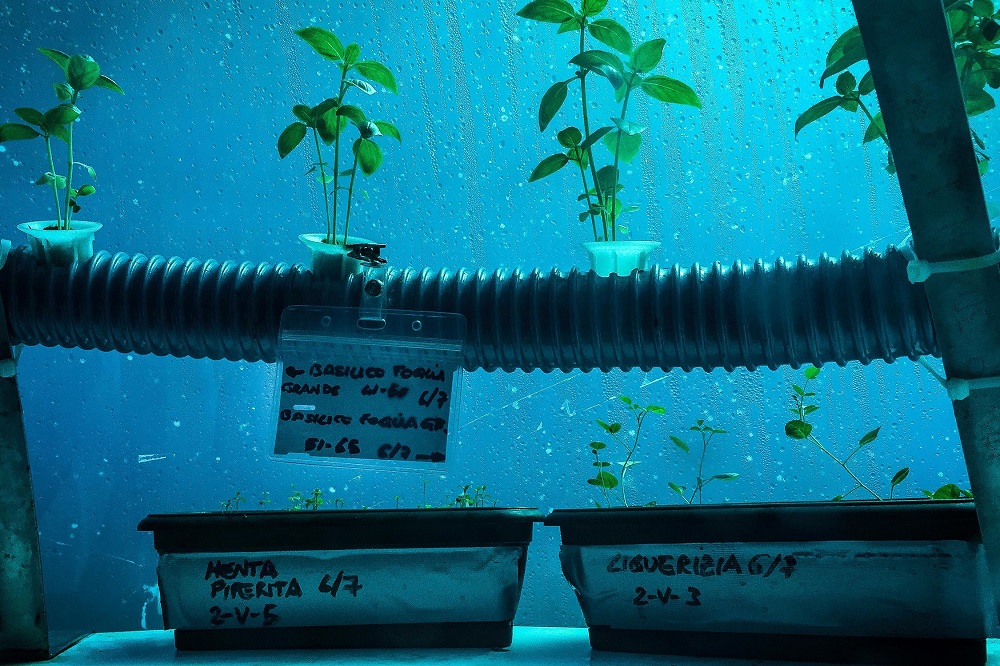With the increasing demand for sustainable food production, innovative agricultural techniques have emerged, including growing vegetables in seawater. This alternative approach aims to utilize abundant seawater resources while reducing freshwater usage.
However, despite its potential benefits, several disadvantages are associated with growing vegetables in seawater. In this article, we will explore the challenges and limitations of this method to provide a comprehensive understanding of its drawbacks.
High Salt Content
Seawater contains a significantly higher salt content compared to freshwater. While some plants, such as certain coastal species, have natural adaptations to tolerate salinity, most common vegetables are not well-suited to grow in high-salt environments. Excessive salt levels can inhibit plant growth, affect nutrient uptake, and lead to physiological stress, resulting in stunted growth and reduced crop yield.

Ben Mack/ Pexels | Growing vegetables in seawater is an innovative agricultural technique to replace freshwater
Soil Salinization
When using seawater for irrigation, the salt content can accumulate in the soil over time. This process, known as soil salinization, can harm soil quality and its ability to support plant growth.
Salinized soil becomes less fertile and may require additional amendments to restore productivity. Moreover, the buildup of salt in the soil can limit the types of crops that can be grown successfully, further restricting the diversity of vegetables that can be cultivated.
Limited Crop Variety
The high salt content in seawater limits the range of vegetable crops that can be grown effectively. Many popular vegetables, such as tomatoes, lettuce, and cucumbers, are susceptible to salinity and may not thrive in seawater-based systems.
This constraint reduces the diversity and variety of products that can be harvested, limiting culinary choices and potentially affecting the nutritional balance of diets reliant on locally grown vegetables.

Euro News/ Yahoo | Using seawater can cause stunted growth in some plants
Nutrient Imbalance
Seawater lacks certain essential nutrients required for optimal plant growth. While it contains some beneficial elements, such as magnesium and potassium, other essential nutrients, like nitrogen and phosphorus, may be deficient or imbalanced.
Adequate nutrient supply is crucial for healthy plant development and optimal crop yields. Without proper nutrient management strategies, growing vegetables solely in seawater may result in nutrient deficiencies, negatively impacting plant health and overall productivity.
Environmental Impact
The ecological impact of using seawater for vegetable cultivation should be considered. Depending on the location and scale of the operation, diverting seawater for agricultural purposes can disrupt fragile marine ecosystems.
Alterations in saltwater flow patterns and extraction methods may harm marine organisms and affect local biodiversity. Proper management and consideration of the environmental consequences are necessary to ensure the sustainability of this approach.

Seawater Solutions / Goodnet | Excessive salt in seawater can cause soil salinization over time
While growing vegetables in seawater present an intriguing solution to freshwater scarcity and sustainable agriculture, it has notable disadvantages. The high salt content, soil salinization, limited crop variety, nutrient imbalances, and potential environmental impact pose significant challenges.
It is crucial to conduct thorough research, implement appropriate technologies, and develop effective management practices to address these limitations and maximize the potential benefits of seawater-based vegetable production. By balancing innovation and environmental responsibility, we can work towards a more sustainable and resilient food system.




